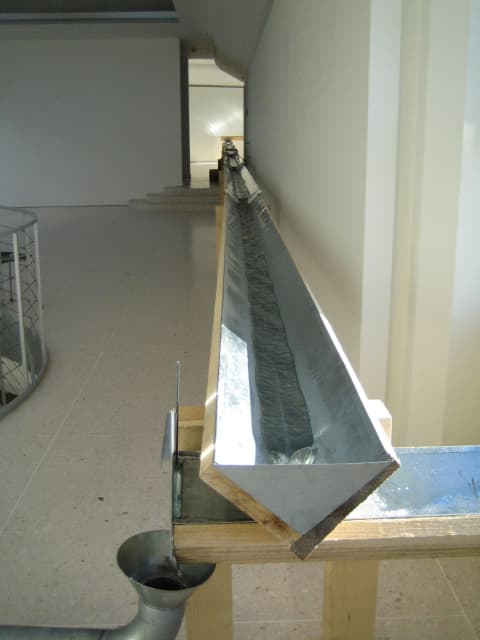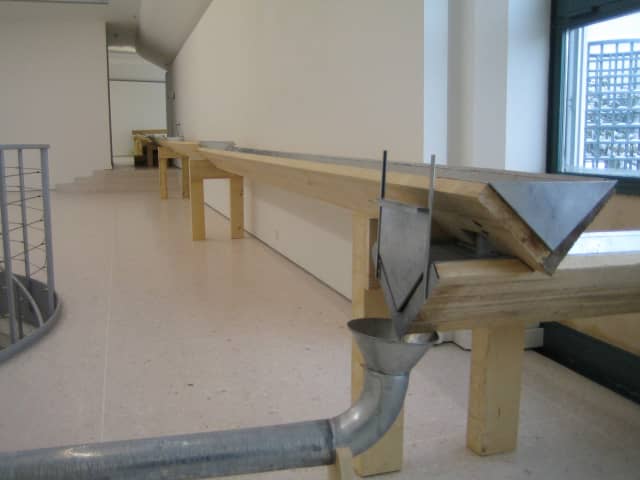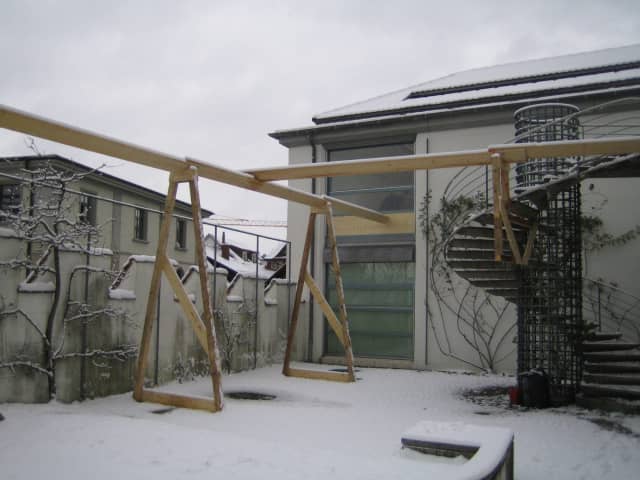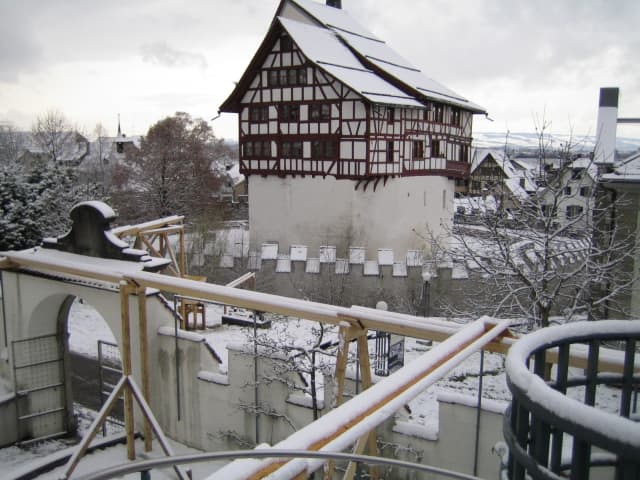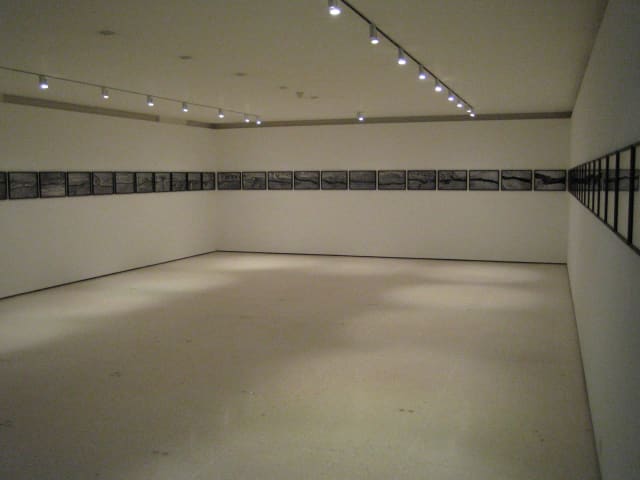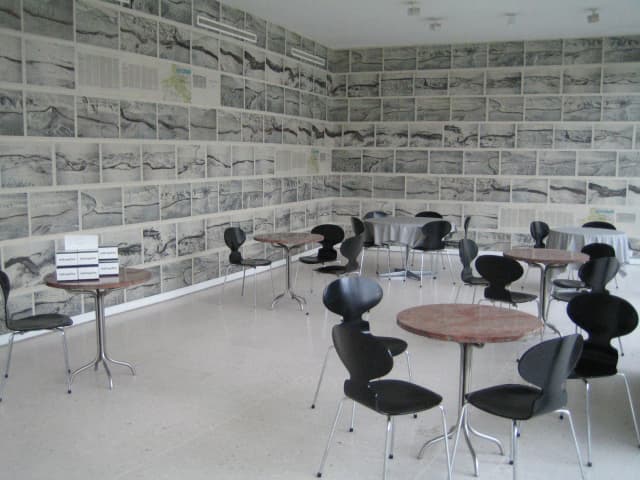1
of 8
For the third part of his ongoing five-year project at the Kunsthaus Zug in Switzerland, Eliasson installed a wooden channel of approximately 300 meters, which diverted the Burgbach, a small stream, through the museum. The Burgbach traversed roads, the city wall, a park, and the museum garden. Within the museum, the channel split in two, one branch flowing down past a spiral stair to the ground floor, leading to a dead end, where the light from a projector reflected the movement of the rippling water onto a wall. The other branch continued outside again. At the end of the diversion, the water was channeled back into the stream. The diverted stream thus connected the Kunsthaus Zug to its natural surroundings.
| Artwork details | |
Title |
The body as brain: Projekt Sammlung (3) |
Year |
2005 |
Materials |
Wood, metal, water |

